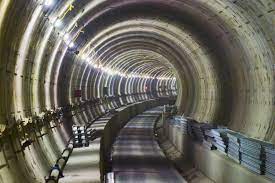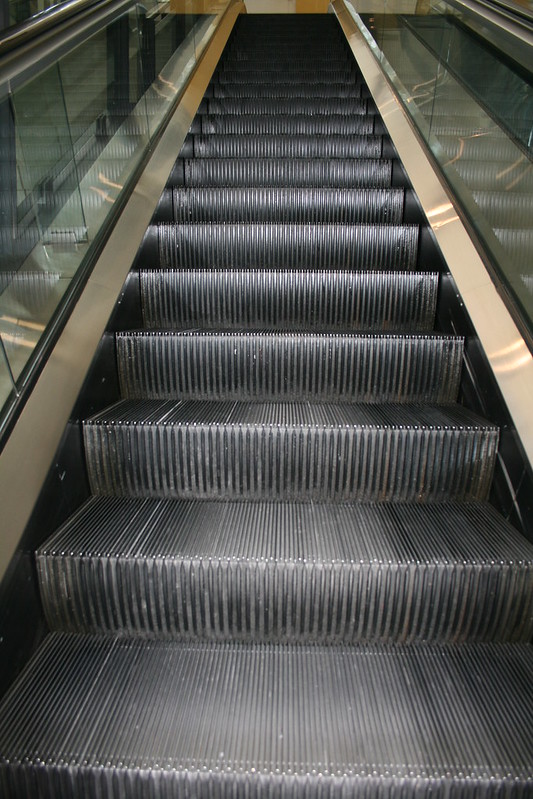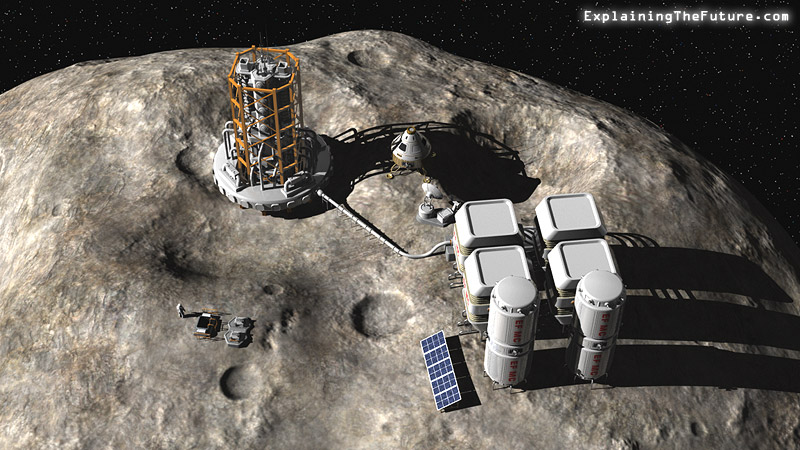
Introduction
A span of 33 kilometers gap between the U.K and France needs to have a new and efficient transportation. Crossing ships was dangerous because of the small gap and many ships. In the 1800s, people made plans to create a tunnel. But not until 188 years later did they create one. Hence, the Channel Tunnel.
The Process Behind The Channel Tunnel
In the 1800’s, three plans were thought of to create a transportation system across the gap between France and the U.K. One being tubes submerged and suspended from floating platforms. Another was artificial land on the water linked by bridges. Finally the idea that caught Europeans attention: an underwater passageway creating the longest underwater tunnel. The only material that made the Channel Tunnel possible to be built is chalk marl on the ocean floor. Other strong and important materials were grey chalk, glauconitic marl, and gault clay. The plan was to dig from both sides of the countries England and France. The idea was to dig far enough to then meet in the middle. 124.274 miles of tunnel was needed for this project. There are three tunnels. One going to France from England, the other going to England from France, and one service tunnel. Additionally emergency passages, air ducts, and crossover chambers. With the problem of digging underwater engineers found a way to make boring machines that were waterproof. But before more obstacles could arise, both France and England began digging at significant speed. So, the boring machines went at a 11.4829 feet per hour pace to achieve their goal and each machine weighed 1,300 tons. Basically the boring machines were big powerful tanks ready to charge through the ground. This process was thought to be the only efficient plan, and the two countries went for it.
Problems
Everything didn’t go perfect however. There were many problems in the creation of the Channel Tunnel. Firstly, the tunnel needed to pass through different rock types which includes clay, limestone and chalk. Which is a reason why engineers not only needed the boring machines to be waterproof but to also go through different materials. So, the Channel Tunnel had to go through harsh geological features in the land. Secondly, with the Channel Tunnel being underwater the marine environment could be effected in the process of construction. Because of this the planning when building this project had to be conducted very carefully. This slowed the construction process greatly. Also, the estimated cost of the Channel Tunnel was severely underestimated. This lead to delays in construction. France and England had many political arguments relating to the construction of the Channel Tunnel which complicated the building process. Finally, with there being many construction teams in the making of the Channel Tunnel there would have to be more complex logical thinking on how to divide the understandings and work with the teams so the project goes smoothly.
Conclusion
Even though there were many problems in the construction of the Channel Tunnel this project still finished in merely after 6 years. The Channel Tunnel is the most expensive constructed tunnel with 14 billion dollars spent. 23,000 workers helped in the process of creating this project both from France and England. Until this day 60,000 passengers pass through the Channel tunnel everyday. That is why the Channel Tunnel continues to be a fascinating and true wonder of the world.
Related Stories
https://www.ice.org.uk/what-is-civil-engineering/what-do-civil-engineers-do/the-channel-tunnel
https://practical.engineering/blog/2024/1/16/how-the-channel-tunnel-works
https://www.thoughtco.com/the-channel-tunnel-1779429
https://www.linkedin.com/pulse/engineering-view-channel-tunnel-mariana-jacobs
Take Action
https://www.eurostar.com/us-en/travel-info/eurostar-experience/the-channel-tunnel










